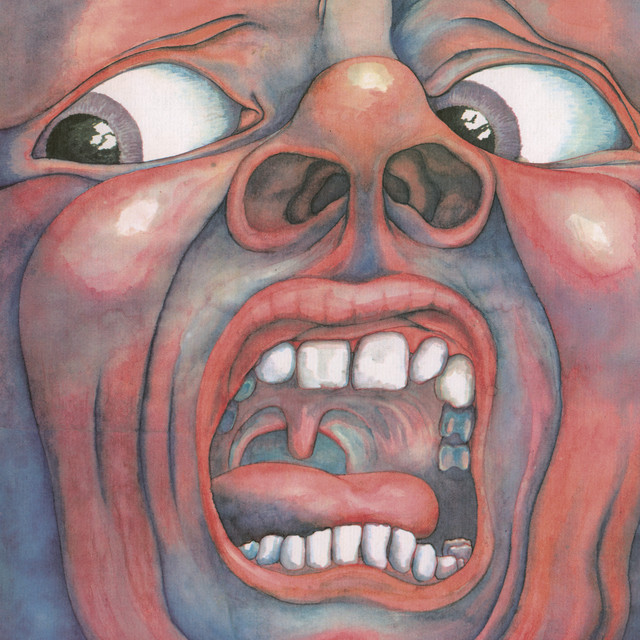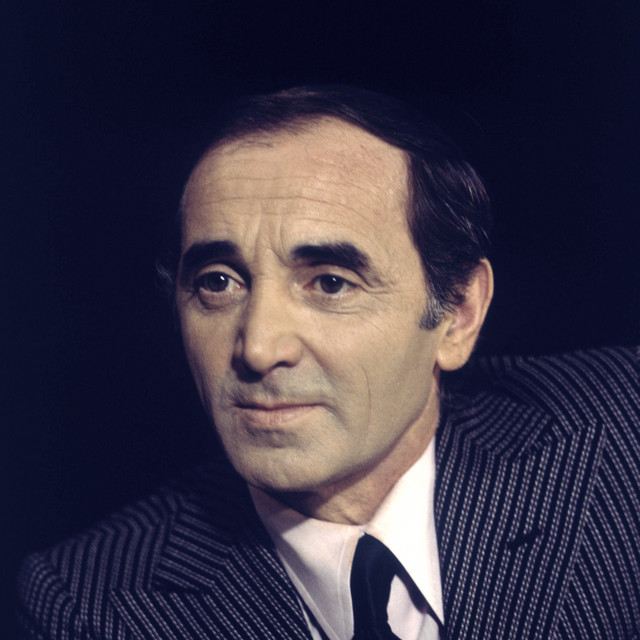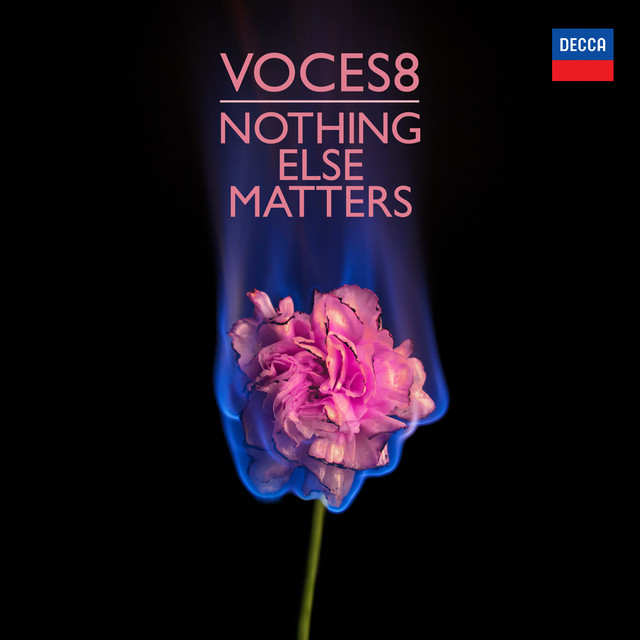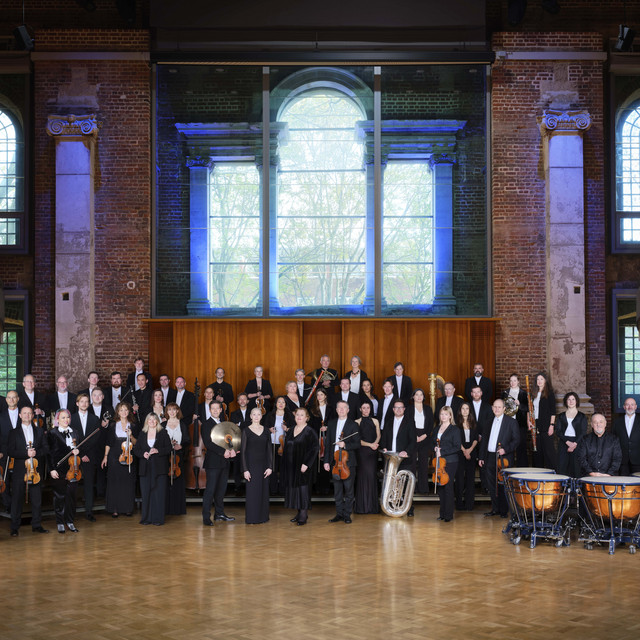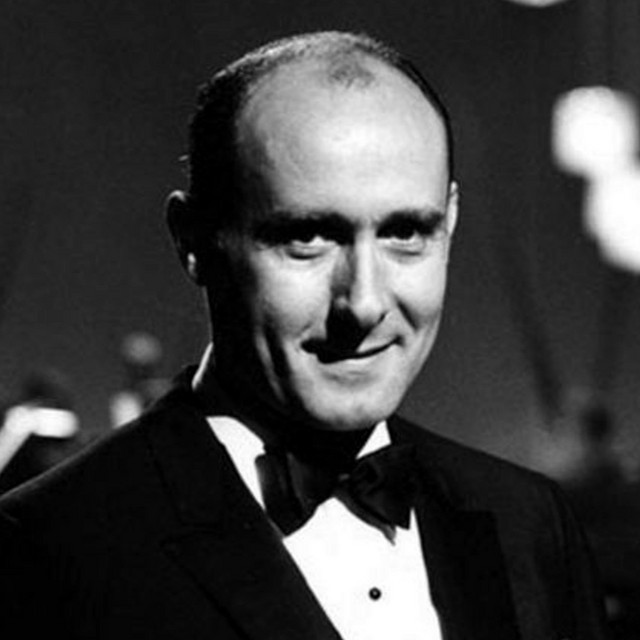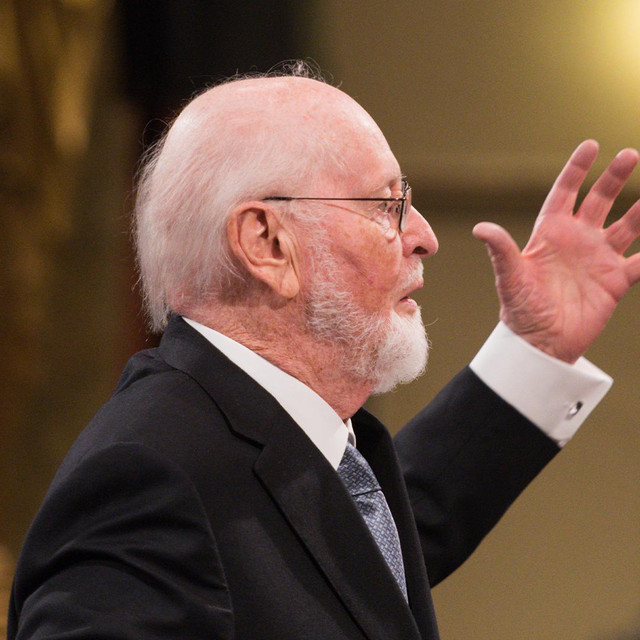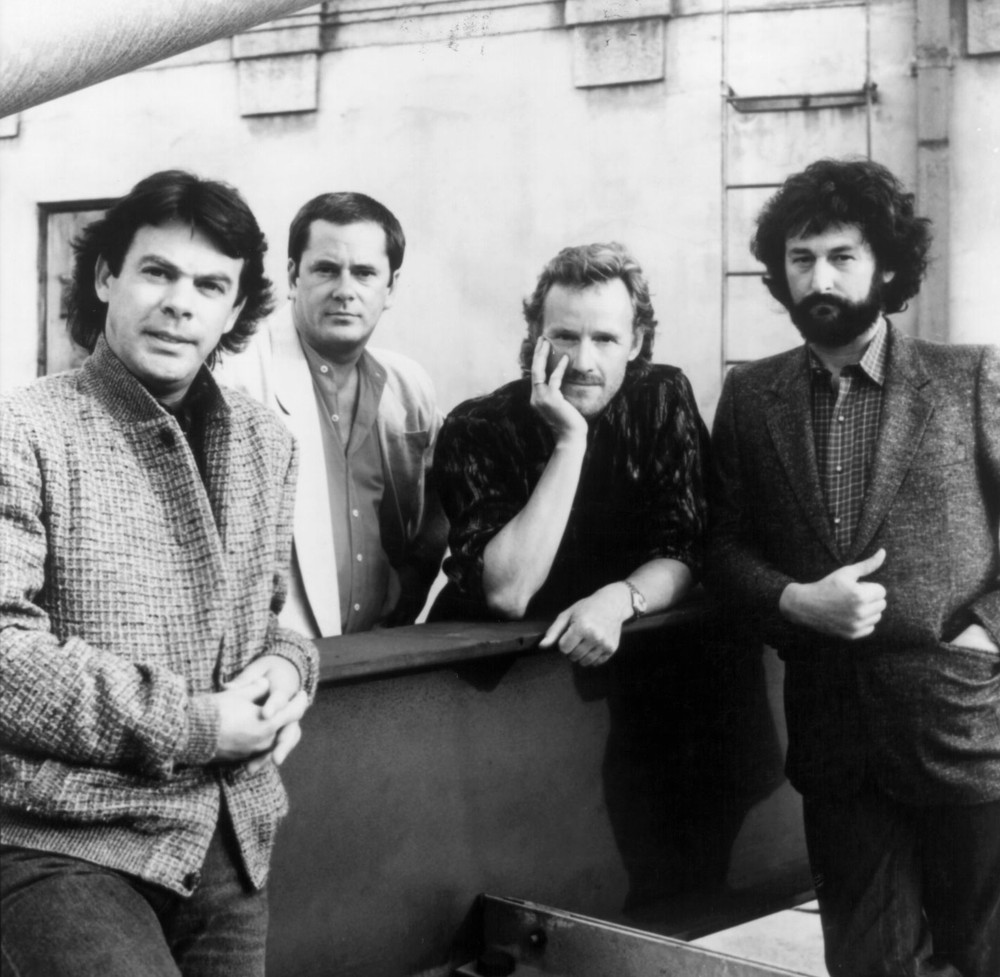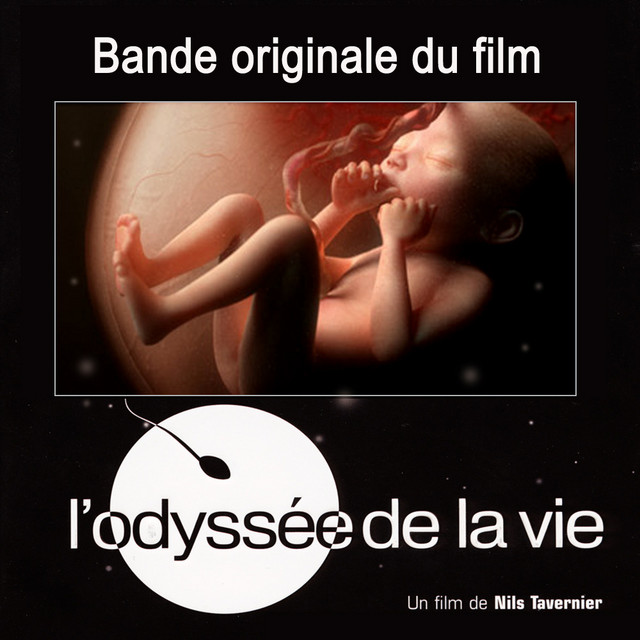Partituras MusicXML para euphonium de King Crimson
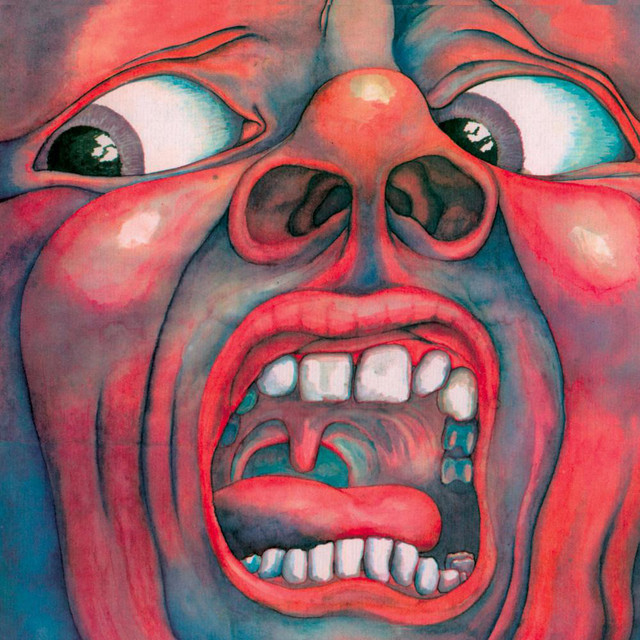
King Crimson were an English progressive rock band formed in 1968 in London. The band drew inspiration from a wide variety of music, incorporating elements of classical, jazz, folk, heavy metal, gamelan, blues, industrial, electronic, experimental music and new wave. They exerted a strong influence on the early 1970s progressive rock movement, including on contemporaries such as Yes and Genesis, and continue to inspire subsequent generations of artists across multiple genres. The band earned a large cult following.
Founded by Robert Fripp, Michael Giles, Greg Lake, Ian McDonald and Peter Sinfield, the band initially focused on a dramatic sound layered with Mellotron, McDonald's saxophone and flute, and Lake's bass and powerful lead vocals. Their debut album, In the Court of the Crimson King (1969), remains their most commercially successful and influential release, with a potent mixture of jazz, classical and experimental music. Following the sudden simultaneous departures of McDonald and Giles (with Lake leaving very shortly afterwards), the next two albums, In the Wake of Poseidon and Lizard (both 1970), were recorded during a period of instability in the band's line-up. A settled band of Fripp, Sinfield, Mel Collins, Boz Burrell and Ian Wallace recorded Islands in 1971, though in mid-1972, Fripp let go of this line-up and changed the group's instrumentation and approach, drawing from European free improvisation and developing ever more complex compositions. With Bill Bruford, John Wetton, David Cross and, briefly, Jamie Muir, they reached what some saw as a creative peak on Larks' Tongues in Aspic (1973), Starless and Bible Black (1974), and Red (1974). King Crimson disbanded at the end of 1974.
After seven years of inactivity, King Crimson was reborn in 1981 with another change in musical direction. The new band comprised Fripp, Bruford and new members Adrian Belew and Tony Levin. They drew influence from African music, gamelan, post-punk and New York minimalism. This band lasted three years, resulting in the trio of albums Discipline (1981), Beat (1982) and Three of a Perfect Pair (1984). Following a decade-long hiatus, they reformed in 1994, adding Pat Mastelotto and Trey Gunn for a sextet line-up Fripp called "The Double Trio". The double trio participated in another three-year cycle of activity that included the release of Thrak (1995), and multiple concert recordings. There was a hiatus between 1997 and 2000. Four members of the double trio reunited in 2000 as a more industrial-oriented King Crimson, called "The Double Duo", releasing The Construkction of Light (2000) and The Power to Believe (2003). After a five-year hiatus, the group expanded (in the person of new second drummer Gavin Harrison) for a 2008 tour celebrating the 40th anniversary of their 1968 formation.
Following another hiatus (2009–2012), during which Fripp was thought to be retired, King Crimson came together again in 2013; this time as a septet (and, later, octet) with an unusual three-drumkit frontline, and new second guitarist and singer Jakko Jakszyk. This version of King Crimson continued to tour from 2014 to 2021, and released multiple live albums.
Seleccione una de las pistas King Crimson y reproduzca esta partitura musical en musicXML, PDF o en línea con tablaturas, tablas de digitación o simplemente desde un formato de partitura tradicional.
Nuestra base de datos musicXML es bastante grande. Es por eso que a veces puede ser un poco complicado encontrar la canción que buscas. Pero con este formulario de búsqueda avanzada, puede profundizar en nuestra base de datos con bastante facilidad. ¡Siéntete como en casa, encuentra tu partitura y toca esa partitura!
